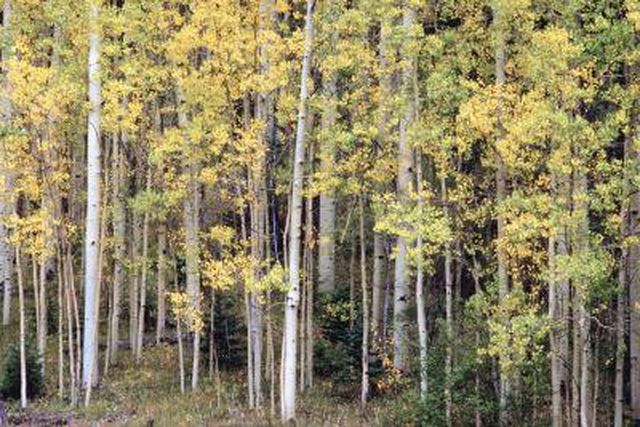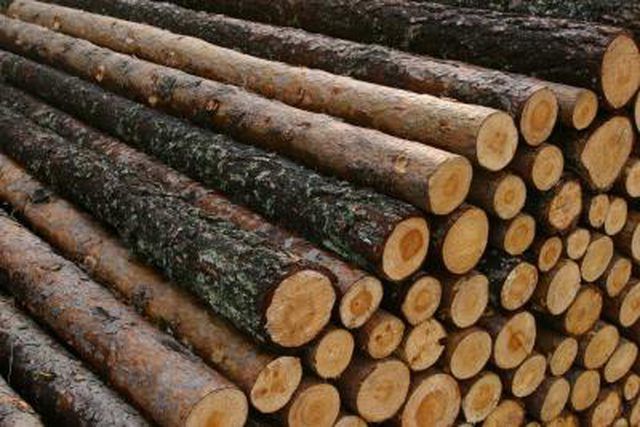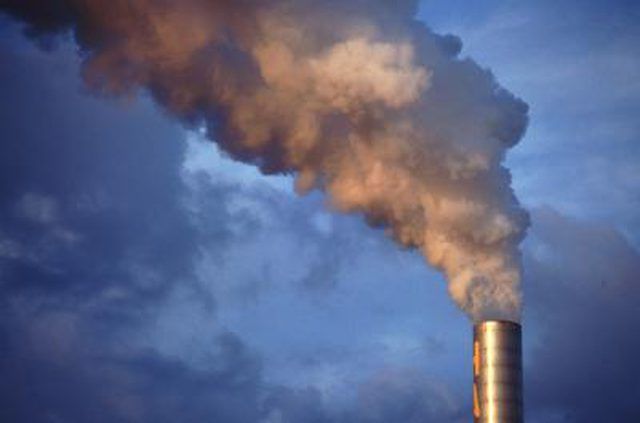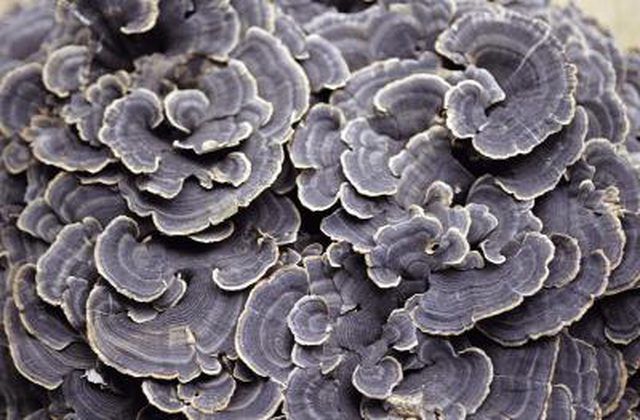Bulbs
Flower Basics
Flower Beds & Specialty Gardens
Flower Garden
Garden Furniture
Garden Gnomes
Garden Seeds
Garden Sheds
Garden Statues
Garden Tools & Supplies
Gardening Basics
Green & Organic
Groundcovers & Vines
Growing Annuals
Growing Basil
Growing Beans
Growing Berries
Growing Blueberries
Growing Cactus
Growing Corn
Growing Cotton
Growing Edibles
Growing Flowers
Growing Garlic
Growing Grapes
Growing Grass
Growing Herbs
Growing Jasmine
Growing Mint
Growing Mushrooms
Orchids
Growing Peanuts
Growing Perennials
Growing Plants
Growing Rosemary
Growing Roses
Growing Strawberries
Growing Sunflowers
Growing Thyme
Growing Tomatoes
Growing Tulips
Growing Vegetables
Herb Basics
Herb Garden
Indoor Growing
Landscaping Basics
Landscaping Patios
Landscaping Plants
Landscaping Shrubs
Landscaping Trees
Landscaping Walks & Pathways
Lawn Basics
Lawn Maintenance
Lawn Mowers
Lawn Ornaments
Lawn Planting
Lawn Tools
Outdoor Growing
Overall Landscape Planning
Pests, Weeds & Problems
Plant Basics
Rock Garden
Rose Garden
Shrubs
Soil
Specialty Gardens
Trees
Vegetable Garden
Yard Maintenance
Environmental Problems in Temperate Deciduous Forests
Environmental Problems in Temperate Deciduous Forests. Temperate deciduous forests occupy broad belts of the Northern Hemisphere (temperate evergreen forests are often analogues in the Southern Hemisphere), especially in eastern North America, Europe and Asia’s Far East. Defined by a moderate climate and trees that lose their leaves for part...
Temperate deciduous forests occupy broad belts of the Northern Hemisphere (temperate evergreen forests are often analogues in the Southern Hemisphere), especially in eastern North America, Europe and Asia’s Far East. Defined by a moderate climate and trees that lose their leaves for part of the year, these ecosystems have been significantly altered by human activity.

Many of the world’s great tracts of temperate deciduous forest have experienced significant alteration through logging, conversion to agricultural land and urban development. Recovery of woods is widespread in places like the eastern United States, but species richness is often far less than prior to extensive clearing.

Human industry within and adjacent to temperate deciduous forests may pollute air and water resources. Water pollution, according to the World Wildlife Fund, threatens the deciduous forests of the Northeast China Plain, while the substantial ecosystems of America’s Great Smoky Mountains National Park experience air pollution from population centers well away from the park’s forests themselves.

Species introduced to temperate deciduous forests by humans may become invasive and threaten native ecological systems. An exotic fungal blight stemming from Asia essentially obliterated the American chestnut from eastern deciduous forests, once a dominant tree there.
